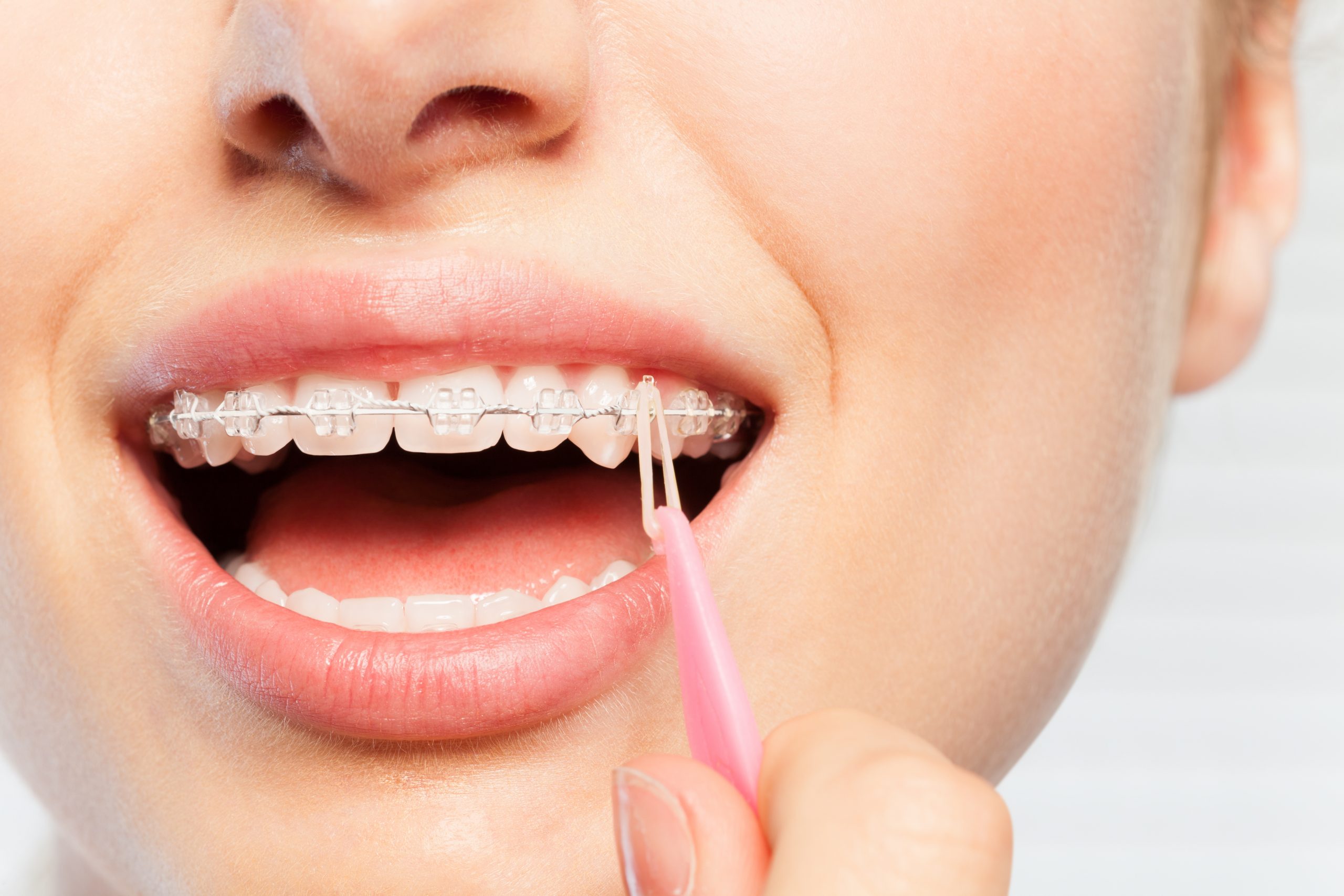A common appliance that plays a critical role in orthodontic treatment – and one that we get a lot of questions about – are rubber bands called elastics. These elastics help provide a connective force needed to move your teeth and jaws into their proper alignment. This blog post details all the elastic “Need to Know’s” … but, as always, please do not hesitate to contact our office if you have specific questions!
What Purpose Do Elastics Serve in Orthodontic treatment?
These small (and they are small – we’ll discuss misplacing them later!) stretchy elastic loops are designed to give tooth movement additional, specified force in one of three directions – up and down, back and forth, or side to side. Such desired movement is difficult for braces appliances to achieve by themselves, so – elastics are utilized.
Many orthodontic issues – including overbites, underbites, and open bites – will warrant incorporating elastic bands into the prescribed treatment appliances. On the plus side, elastics are discreet and easy-to-use, and have replaced the need for some types of more cumbersome and noticeable orthodontic headgear.
When you’re treated with traditional braces, the elastics are attached to tiny hooks. Invisalign wearers will have small buttons on their aligners the elastics go around.
The connection points of the elastics, as well as the precise patterns they are stretched in, are carefully determined by Dr. Koch. The goal is to create the desired movement of individual teeth or groups of teeth, while preventing other teeth from moving out of alignment. This brings us to an important point: When you switch out your elastics, you need to attach them to your orthodontic appliances exactly as instructed. Our office can provide a diagram to help illustrate which teeth to hook the elastics to.
Wearing them incorrectly can prevent the teeth from moving, or create unwanted movement.
Elastic Wear Guidelines
It’s a point we repeat frequently on our blog posts, but it is always true – the effectiveness of these orthodontic tools is dependent on your compliance. Elastics are no different. If they are not worn as prescribed, they will not work. For teeth to move, there must be continuous, constant pressure present against the teeth. Full-time wear means having the elastics in your mouth 22 to 23 hours a day.
You are only to take out your elastics to eat or brush, or when you play sports that require wearing a mouth guard, to see and maintain qualifiable, consistent progress with your treatment. Wearing them “at night only while you sleep” (eight hours, often less) is a surefire way for any productive tooth movement to begin to stall, or even relapse.
We want YOU to achieve your best smile. Like retainer and aligner wear, we’re able to tell when a patient is not wearing their elastics as frequently as they claim! So – follow instructions and contact us for assistance if needed, and you’ll achieve a healthier, straighter smile faster.
Placing the Rubber Bands On Your Braces
When placing these elastics on your braces, stand in front of a mirror so you can clearly see your teeth. Hold the elastic band securely between your thumb and pointer finger. Using your fingers to guide the band, hook the rubber band on the hook of the braces on the top teeth and pull the rubber band to the hook on the bottom teeth.
For those with long nails or that have trouble pinching their rubber bands with their fingers, a disposable plastic hook can be used to secure the band. These plastic hooks are used by simply seating the band on the hook, and then guiding the band onto the hook of the bracket on the opposite arch.

Using a plastic hook to place an elastic on a bracket hook.
How Frequently Should You Replace Your Elastics?
You should replace your elastics several times a day. As these are simple bands, they will lose their elasticity and strength over time. A good goal to aim for is a band replacement after you finish eating a meal with an accompanying teeth brushing and water flossing.
We are Pulling For You! (And So Are Your Elastics!)
Remember – we are on the same team with helping you achieve the healthy, straight smile you deserve. We will help you every step of the way – but wear compliance is ultimately up to you. Wear and change your elastics as directed, and a smile transformation arrives that much sooner!
Koch Orthodontics provides affordable, exceptional orthodontic treatment to patients of all ages. We’re centrally located in Geneseo, NY and proudly serve the surrounding areas of Avon, Dansville, Perry, Livonia, Lakeville, Mount Morris, Warsaw, Rush and Henrietta. Your first consultation with us is always complimentary. To learn more about who we are and what we do, call us or check out our Facebook and Instagram profiles.

